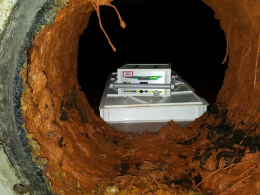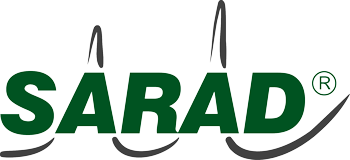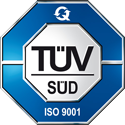Research for radon entry and propagation paths in buildings
The so-called Radon Sniffing procedure offers a good possibility to search the entry paths such as cracks, shafts and empty pipes etc.
The gas to be measured will be directly sucked off at the supposed entering point (e.g. also under floor coverings) and the radon monitor will deliver an acoustic signal of each detected decay. Here the presence of thoron will be used by only analysing the short-lived daughter product Po-216 by means of real alpha-spectroscopy.
The response time is circa one minute. That allows to immediately alert on the rise or decrease of the concentration. The RTM 1688-2 is best suitable for such tasks.
In order to understand the propagation of radon in a building, you should measure at the same time, at several locations, over a longer period of time, considering the use of the room and its meteorological conditions.
The devices used for this purpose must have a sufficient sensitivity so that the measuring results would not be superimposed by statistical uncertainties and to warrant the required time resolution (c. one hour) of the measurements within the range of the legal reference values.
Such devices should be inexpensive, of course, because they should be used at as many points as possible. The devices should not emit noise (e.g. by the pumps) because the measurements should also be performed in living and bed rooms.
It should be possible to operate the devices by batteries for longer measuring periods in order to be accepted by the inhabitants. For robust results, its important to make sure that the measuring has not been distorted by change of the location, unauthorized operation or similar manipulations.
For this application, the monitors Radon Scout, Radon Scout Plus, and Radon Scout Professional are very well suited. These instruments have already proved their worth a thousand times for exactly this application.



